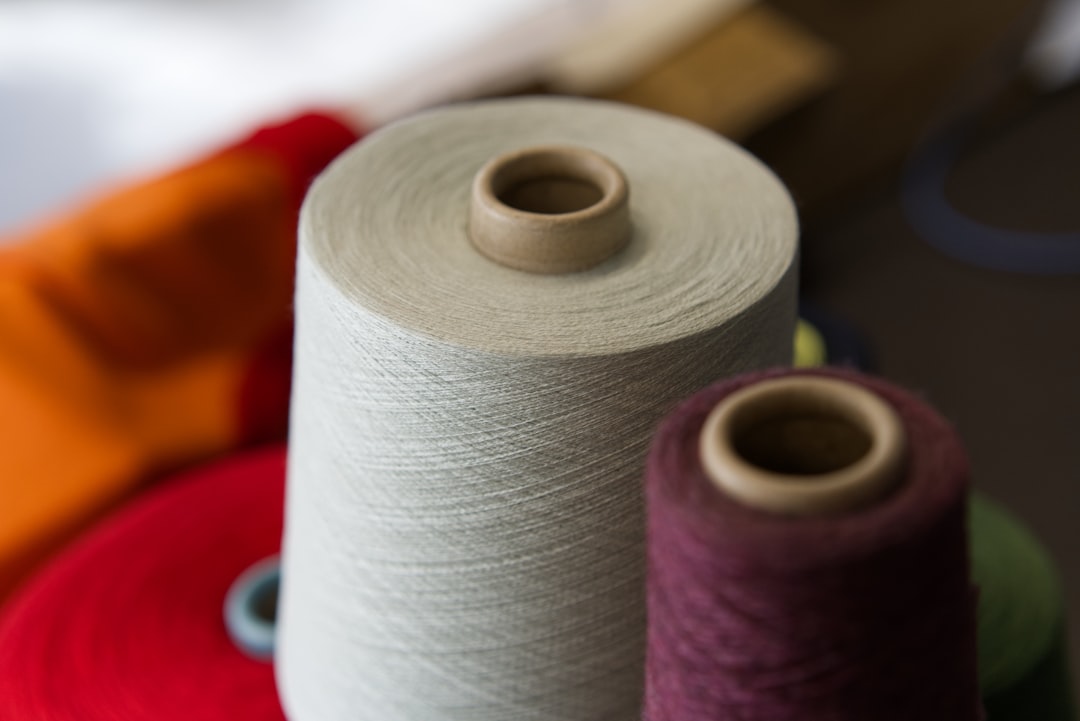What is it about?
Alumina-supported, microwave -induced synthesis of Cassia marginata seed gum-graft-polyacrylamide
Featured Image
Why is it important?
In this article, we report the alumina-supported, microwave (MW)-induced synthesis of Cassia marginata seed gum-graft-polyacrylamide (MWS-GP). No initiator or catalyst was required in the synthesis, and the conditions for the grafting were optimized by variation of the acrylamide concentration, MW power, and exposure time. At an identical monomer concentration, a higher level of grafting was observed in the solid-supported method than under aqueous conditions (the MW-assisted or redox-initiated thermal method). The used alumina support was easily separated from MWS-GP and reused for another three cycles without any significant loss in its efficiency as a solid support. MWS-GP synthesized under optimum conditions was characterized with Fourier transform infrared spectroscopy, 13C-NMR, thermogravimetric analysis, and X-ray diffraction, with C. marginata gum as a reference. The properties of MWS-GP and its saponified derivative were studied to explore the applicability areas of the copolymer in hydrogel formation.
Read the Original
This page is a summary of: Alumina-supported microwave synthesis of Cassia marginata seed gum-graft-polyacrylamide, Journal of Applied Polymer Science, January 2010, Wiley,
DOI: 10.1002/app.32273.
You can read the full text:
Contributors
The following have contributed to this page










